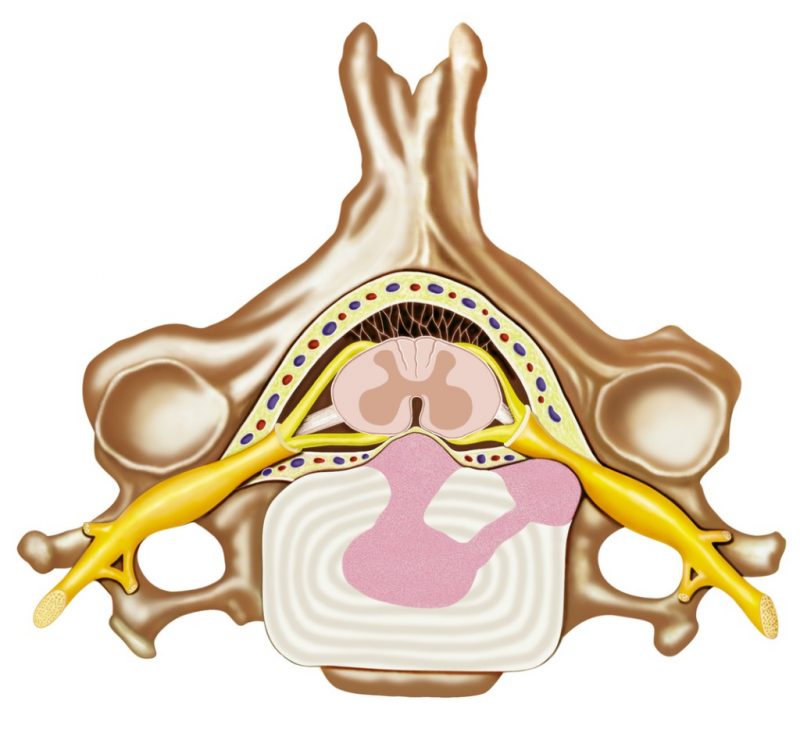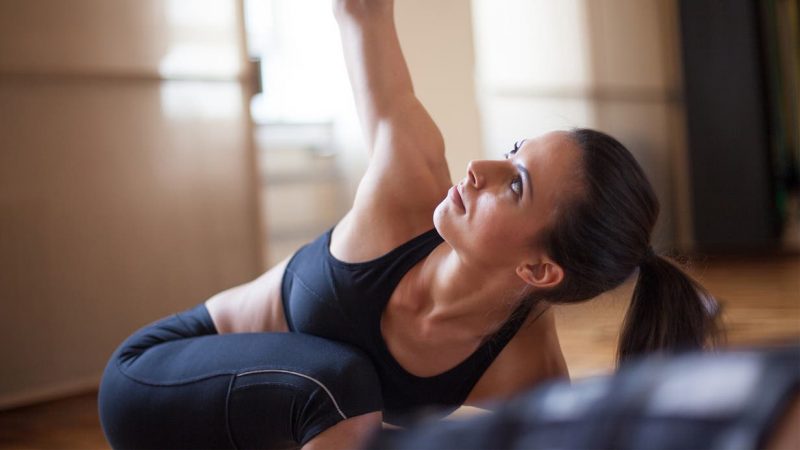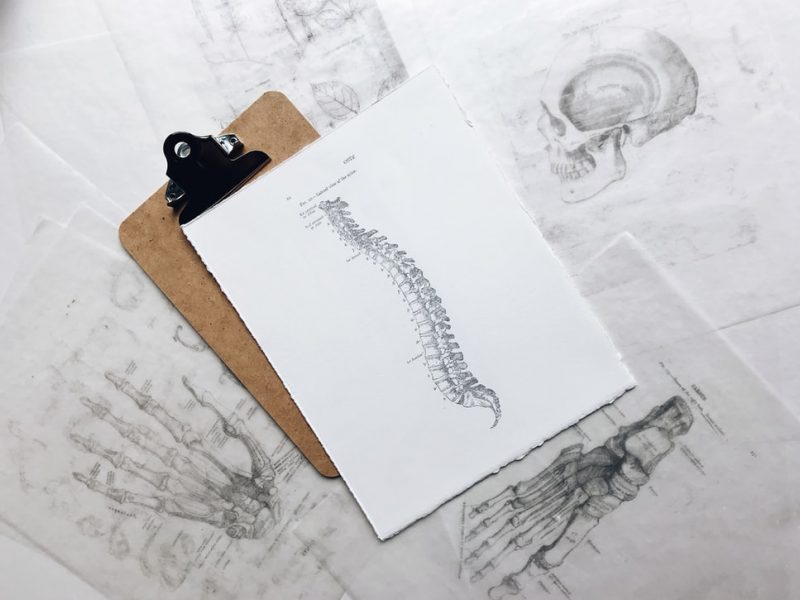The spinal column allows a person to walk upright. It consists of 33-35 vertebrae (bone elements) between which there are discs that function as shock absorbers. There are 3 parts of the spine: cervical, thoracic, and lumbosacral.
Today, almost every other person suffers from back pain. Of course, in some this transient condition is caused by heavy physical exertion, and in others, it is a clear indicator of a disease of the spine. In any case, the pain can be so intense that it does not allow you to perform daily duties. However, pain is not the only indicator that you have a problem, there are many others.
1. Symptoms of disc herniation

Experience hernia or disc prolapse is a diagnosis that is made when the intervertebral disc located between the two spinal vertebrae moves out of its socket and leads to pressure on the nerve or spinal cord. Disc displacement can occur on any part of the spine but most commonly occurs on the cervical spine or lumbar spine.
In addition to the fact that the patient feels pain in a certain place where the appearance of a disc herniation was noticed, the patient may also feel weakness in that part. A disc herniation mostly occurs in the lower part of the spine and usually affects only one side of the left or right so that the pain spreads along that leg on which side the nerve in the spinal canal is pressed.
2. Cervical pain syndrome

This is a type of pain that occurs in the cervical spine and often affects only one arm. The patient may feel pain in one shoulder blade, armpit, between the shoulder blades and the shoulders. The patient is sometimes not even aware that it is a spinal problem, as symptoms such as tinnitus, headache, dizziness, hyperesthesia, difficulty swallowing, numbness of the hands, and many other symptoms sometimes occur. Therefore, it sometimes takes a long time before the cause of the pain is discovered. In any case, monitoring of symptoms is recommended, and if there are more than two, it is very likely that it is a cervical pain syndrome.
3. Sciatica

Sciatica is a set of problems that gathers pain in the lower back and about 40% of people suffer from it annually, and the trend of this, as well as other back pain, is growing as a consequence of an insufficiently active lifestyle. When it comes to younger patients, sciatica is often associated with disc herniation. Lifting a load from an awkward body position (wrong movement) is often the trigger for back pain due to inflammation of the sciatic nerve. Then the fibrous ring of the disc ruptures and its central part prolapses, which compresses the corresponding spinal root (the place where the nerves come from). You can recognize this type of disease by the following symptoms – pain, decreased sense of touch, difficulty moving, limited mobility of the spine, and so on.
Of course, these are just some of the problems that can occur with the spine.
How can I act preventively?

While we can’t completely prevent spinal problems, we can do a lot that will greatly reduce the chance of that.
Good posture leads to a number of positive changes in the body. Standing upright helps us to remove pressure from our muscles and joints, and this also leads to the strengthening of the core and back. In addition to all the physical benefits, proper posture also makes you feel better.
Physical activity is something that certainly plays a role in preserving a person’s physical and mental health. The man spends most of the day walking, so it is important that the back muscles are strengthened so that they can bear the load. It is enough to do a few back exercises every day or engage in some other physical activity. Healing and strengthening the spine will help you get rid of problems in other organs, so do something about it urgently!
Bodyweight and obesity – Obesity is not only a consequence of consuming excessive food, but also insufficient physical activity. Each extra kilogram on the abdomen puts seven times more strain on the lumbar spine, which is why it is important to apply as much movement and physical activity as possible, as muscle activity increases energy expenditure more than anything else.
Maintain good body coordination. When lifting something, do not bend your back incorrectly, but squat with your back straight, keep the load you are carrying closer to your body, avoid lifting and turning at the same time, and so on.
Most people have certain positions in which they are most comfortable sleeping. Some prefer to sleep on their hips, while others can only fall asleep when lying on their backs. Since we need to spend up to 8 hours in bed, it is extremely important to choose a proper and comfortable position that will not negatively affect our health. Experts believe that sleeping on your stomach is one of the positions we should definitely avoid as this can stretch our neck and lower back. If possible, try sleeping on your back with a pillow below your knees or on your side with a pillow between your legs. These positions are good for your back.
What treatments can help me relieve pain?

Today, there are many ways that have proven effective in fighting back pain. Of course, if you have problems, it is best to consult a doctor and thus receive adequate treatment. According to New York Pain Care, some people will feel relieved after exercises and physical therapy, others will find salvation in chiropractic, and unfortunately, there are many who are helped only by surgery. There are numerous methods of physical treatment, and we emphasize the importance of kinesitherapy with educating patients about risk factors.
To emphasize its importance, institutions that treat spinal pain are often called “Back school”. In addition to them, there is electrotherapy, magnetotherapy, laser, heating, massage, and more alternative methods – acupressure, chiropractic, acupuncture, and so on.


